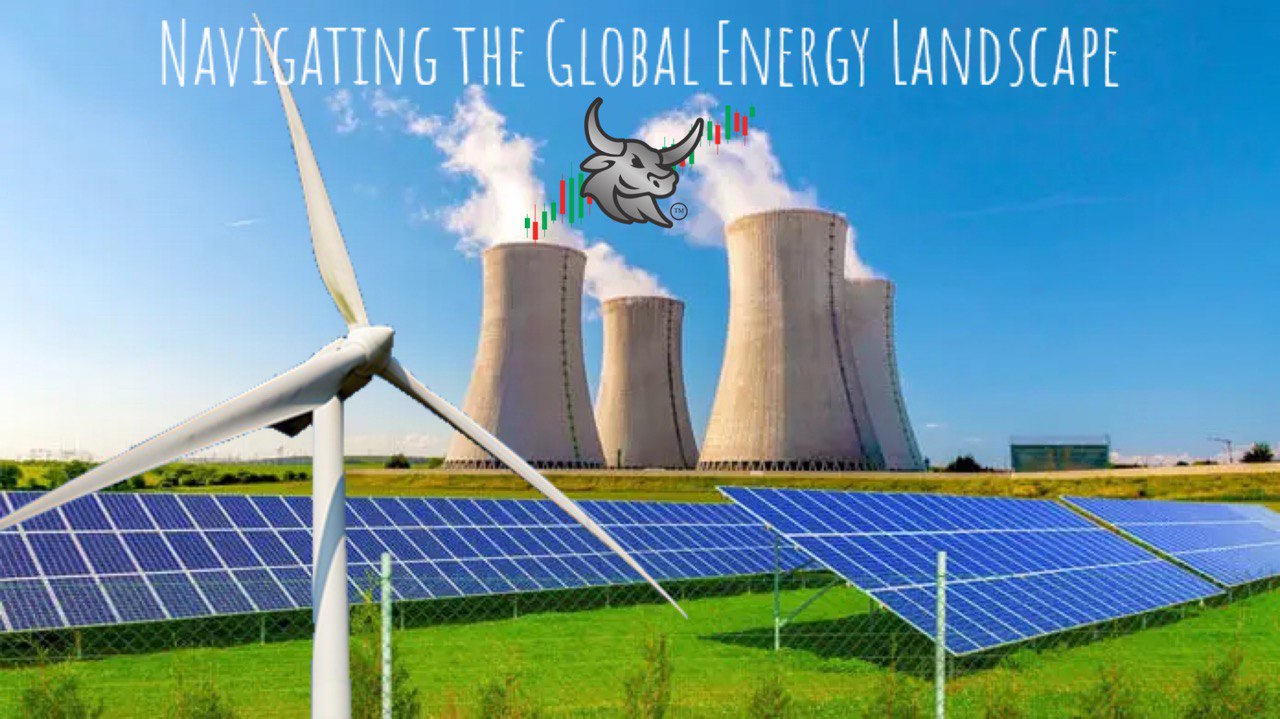Looking at the future of unlimited energy through the process of nuclear Fusion: ITER, part 1 of 4.
In our ever-evolving quest for a sustainable energy future, nuclear energy emerges as a beacon of hope, offering a potent mix of reliability, efficiency, and environmental stewardship. As we stand on the cusp of a new era, this comprehensive article delves into the multifaceted landscape of nuclear power and the burgeoning global energy revolution. From the electrification of transportation to the proliferation of internet-connected devices, we explore the drivers of energy demand and advocate for a bold and strategic approach to meet the challenges and opportunities of the 21st century.
Si tu habite au Québec et voulez vendre ou acheter une maison/condo/triplex/duplex, appeler moi et je serais disponible a vous aider. Permit commercial a venir. Cliquer sur la photo pour plus d’information.
Reside in Quebec? Want to buy or sell a house/condo/triplex/duplex, give me a call, your trusted Real estate broker, commercial license to come. Click on the photo for more information.

The Current Energy Landscape:
The demand for energy continues to soar, driven by rapid urbanization, industrialization, and the digital revolution. According to the International Energy Agency (IEA), global energy demand is projected to increase by 25% by 2040, with electricity consumption expected to double.
The Urgency of Sustainable Solutions:
Amidst this growing demand, the urgency of transitioning to sustainable energy sources has never been more apparent. The Intergovernmental Panel on Climate Change (IPCC) warns that urgent and unprecedented actions are required to limit global warming to 1.5°C above pre-industrial levels and avoid catastrophic climate impacts.

NEW: Betweenplays “Players Dugout“, Our very own Stockmarket, Crypto Chatroom! Click on image!
Stay Tuned as we prepare for the release of our App. created by our new team of coders out of Silicon Valley, we plan on being the next success story!
Nuclear Energy: A Pragmatic Solution:
In this landscape of urgency and uncertainty, nuclear energy emerges as a pragmatic solution to our pressing energy needs. With its proven track record of reliability and low carbon emissions, nuclear power offers a viable pathway to decarbonizing our energy systems while meeting growing electricity demand.
The Drivers of Energy Demand:Electric Vehicles (EVs) Revolution:
The rise of electric vehicles represents a paradigm shift in transportation. With global sales projected to reach 54 million by 2040, EV adoption is set to surge, driving increased electricity demand for vehicle charging infrastructure.
Subscribe to our newsletter!
Internet of Things (IoT) Connectivity:
The proliferation of IoT devices is reshaping our homes, cities, and industries. By 2030, over 125 billion connected IoT devices worldwide are expected, driving a surge in energy consumption to power data processing and communication needs.
Energy Battery Storage Systems: The growing prevalence of renewable energy sources necessitates effective energy storage solutions.
By 2040, global energy storage capacity is forecasted to multiply exponentially, reaching 1,095 gigawatt-hours (GWh), as battery storage systems play a crucial role in integrating intermittent renewables into the grid.

Population Density and Urbanization:
Urbanization continues unabated, with over half of the global population residing in urban areas. As cities expand, the demand for energy-intensive services such as heating, cooling, and transportation escalates, placing additional strain on energy infrastructure.
Implications for Energy Infrastructure:Grid Modernization:
To meet evolving demands, grid infrastructure requires fundamental modernization. Initiatives such as smart grids and grid-scale energy storage are essential to enhance resilience and optimize energy flows.Investment in Renewable Energy: Significant investments in renewable energy deployment are imperative to meet escalating demand sustainably. By 2030, global renewable energy capacity is expected to grow by over 70%, with solar and wind leading the charge.
Decentralization and Resilience:
The decentralization of energy generation and distribution offers resilience against disruptions. Distributed energy resources, including rooftop solar panels and microgrids, empower communities and enhance energy security.
Technological Innovation and Collaboration:
Cross-sector collaboration is essential to drive technological innovation and accelerate the deployment of transformative energy solutions. Initiatives such as the International Solar Alliance and Mission Innovation foster global cooperation to unlock the full potential of clean energy technologies.
The Evolution of Nuclear Technology: Bridging Past and Future:
While traditional nuclear reactors have served as workhorses of the energy industry for decades, the need for safer, more efficient, and sustainable alternatives has spurred innovation in nuclear technology. Advanced reactor designs, such as small modular reactors (SMRs) and molten salt reactors, offer transformative potential in reshaping the future of nuclear energy.
Old Technology vs. New Technology:
The backbone of many current nuclear power plants traces its roots back to designs developed in the mid-20th century. These Generation II reactors, while reliable, exhibit limitations in safety, waste management, and flexibility. In contrast, advanced reactor designs offer enhanced safety features, reduced waste production, and greater flexibility in deployment, paving the way for a more sustainable nuclear future.

The ITER Project: A Global Endeavor:
At the forefront of nuclear fusion research stands the International Thermonuclear Experimental Reactor (ITER) project, a collaborative effort involving seven international partners: the European Union, the United States of America, Russia, China, Japan, South Korea, and India. This ambitious project aims to demonstrate the feasibility of nuclear fusion as a commercially viable energy source, offering virtually limitless clean energy for the world.
The Promise of Fusion:
Nuclear fusion holds immense promise as a virtually limitless and clean energy source, with the potential to revolutionize global energy production. By harnessing the same process that powers the sun, fusion reactors could provide abundant energy without generating greenhouse gas emissions or long-lived radioactive waste.
Conclusion:
As we stand at the nexus of nuclear fission and fusion, it is essential to recognize the complementary roles these technologies play in our journey towards a sustainable energy future. By embracing nuclear energy alongside renewables, investing in technological innovation, and fostering international collaboration, we can navigate the complexities of our energy transition with confidence. Together, we can build a future powered by clean, reliable, and abundant energy, ensuring a prosperous and sustainable world for generations to come.
The Mystery of the Clean Steam: the Nuclear conundrum
In the heart of bustling industry lies a marvel of modern engineering – the nuclear power plant. Beneath its towering chimneys, a story unfolds, shrouded in steam and secrecy. The tale begins with the promise of clean energy, as nuclear fission ignites a chain reaction, boiling water into a pristine vapor. But what lies beyond the facade of purity?
Amidst the hum of turbines and the glow of control panels, a mystery brews, echoing whispers of hidden dangers and untold truths. As regulations tighten and technologies evolve, the truth behind the clean steam emerges, revealing a delicate balance between progress and peril.
Join us on a journey through the labyrinth of nuclear power, where each turn uncovers new revelations and unforeseen challenges. For more information on this captivating tale, click this link for part 2 of a 4 series on Nuclear Fusion.

